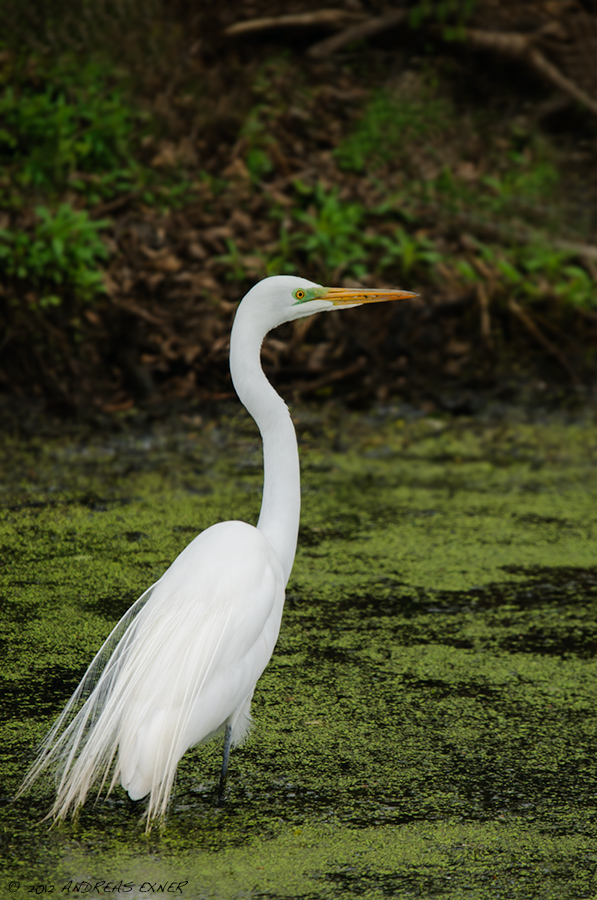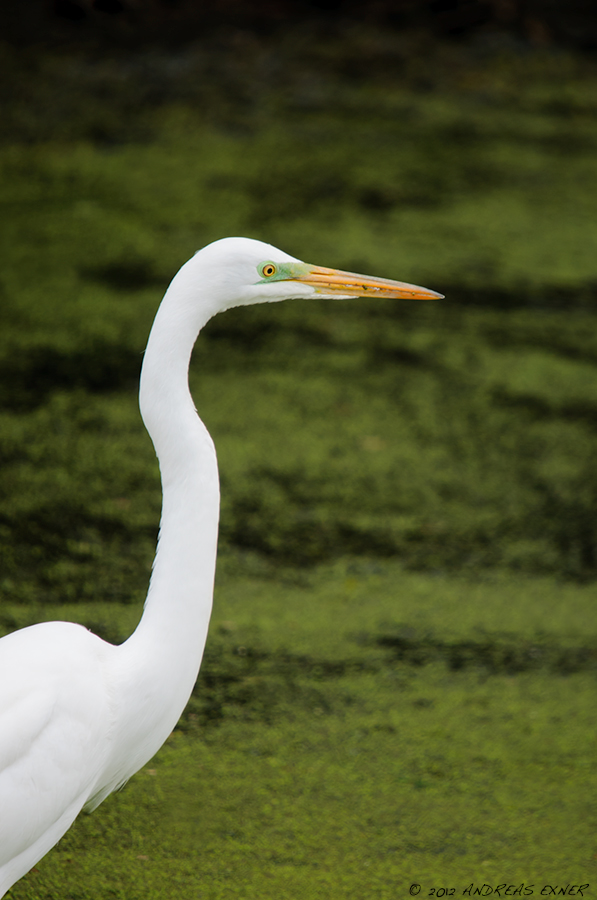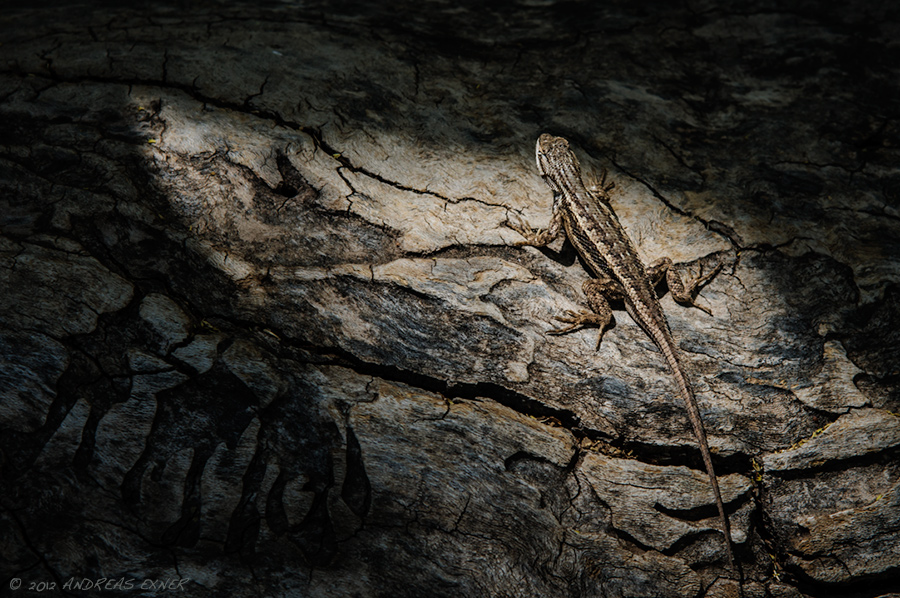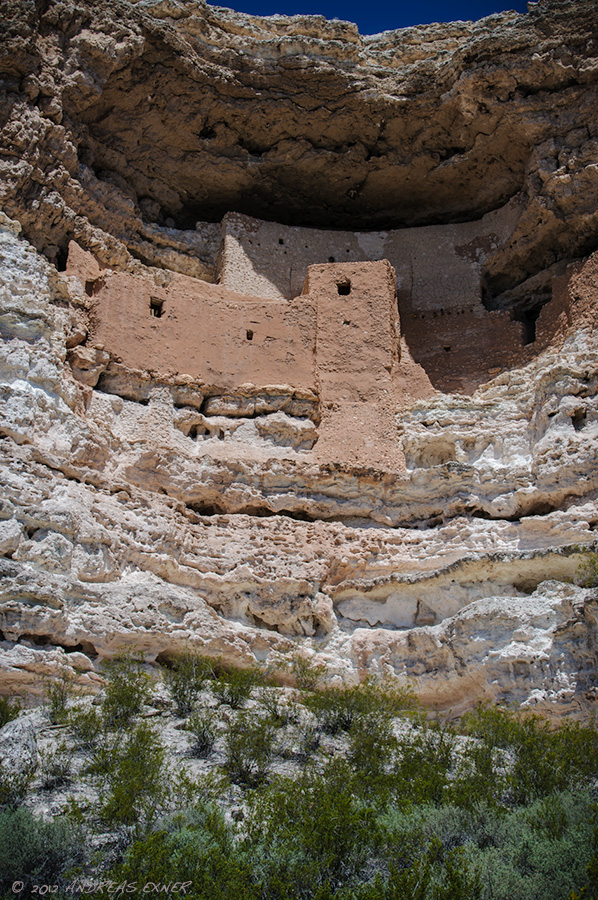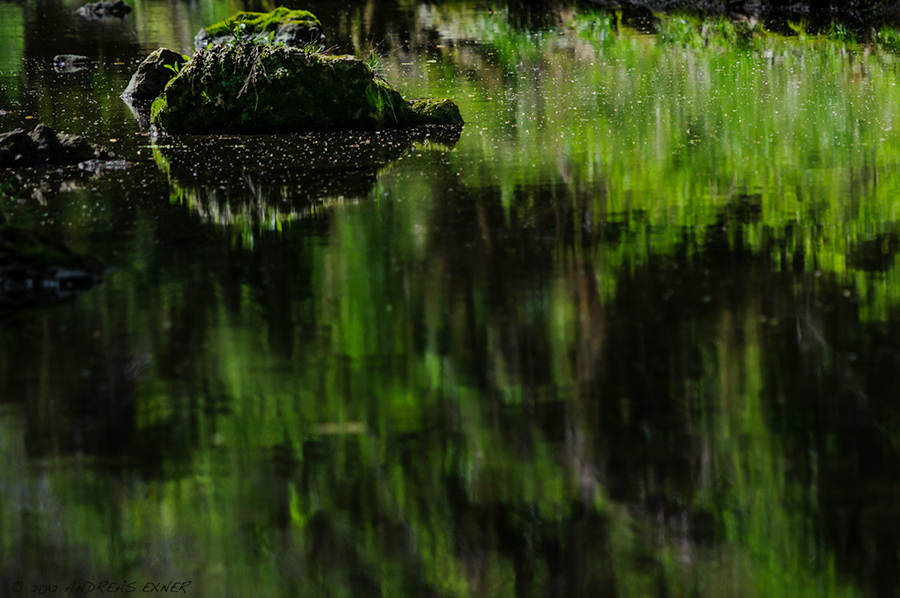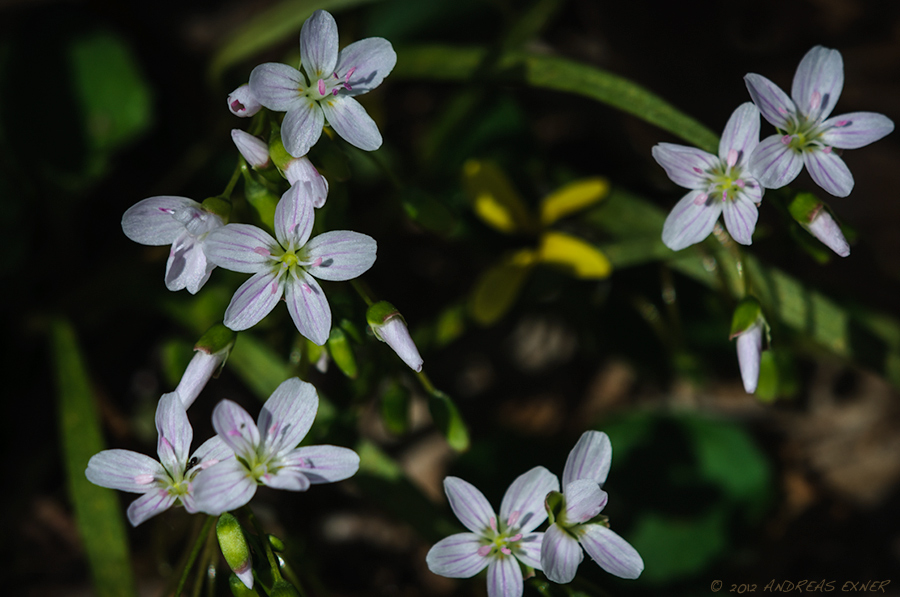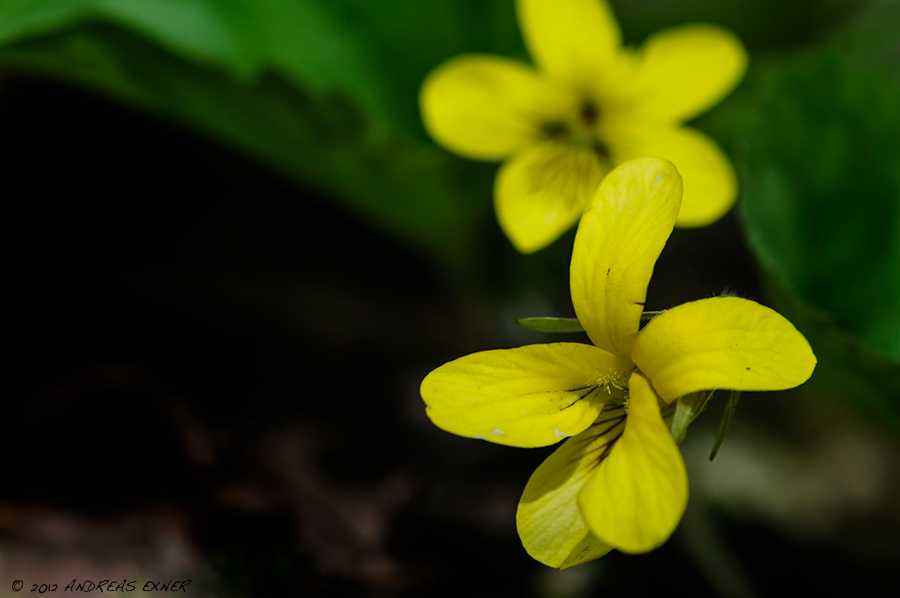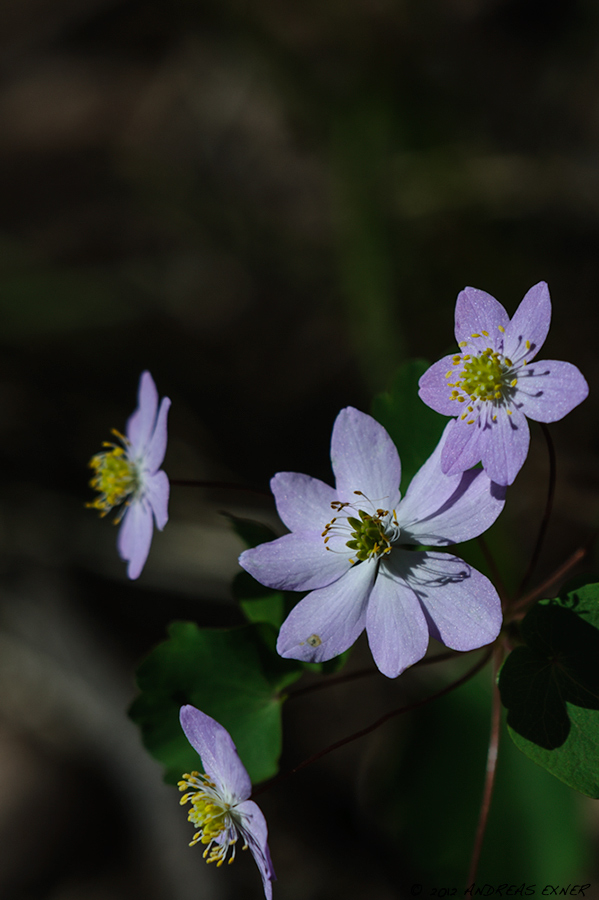I like to interrupt my series about the wonderful city of Prague for another "Nature clicks" post. Because of all my recent traveling I haven't been in the Green Island Wetlands along the Mississippi here in Iowa for five weeks now. Yesterday was a special day for me because my neighbor Boris and his son Alex joined me on the trip to the wetlands. It brings a total new momentum to the adventure because six eyes see much more than only two. As a result we found at least three new birds I haven't seen in the wetlands before. It was young Alex who discovered the Great Crested Flycatcher first. This photo was not easy to make because of wind and the bird was constantly moving to a different perch. I didn't nail sharpness 100% but I believe it is still worth to be shown here. We had a lot of fun watching out for birds and critters together and time went by very quickly.




